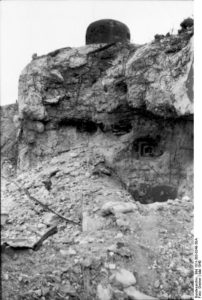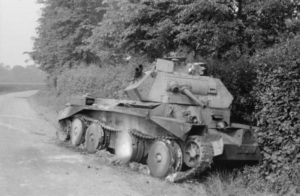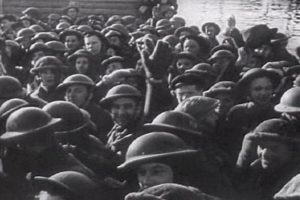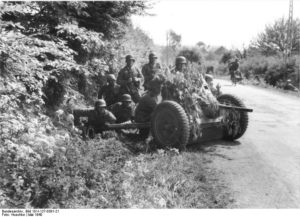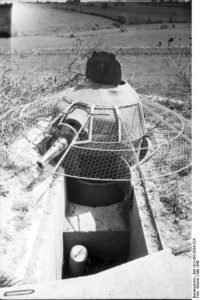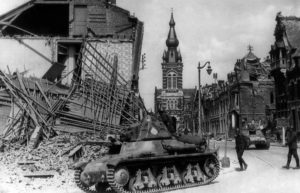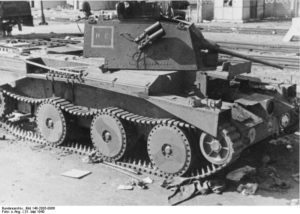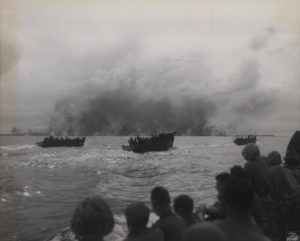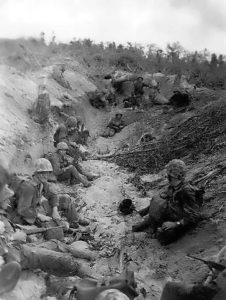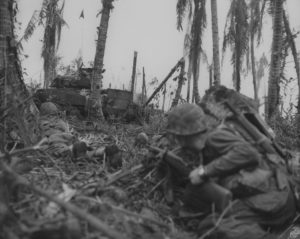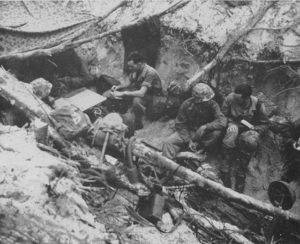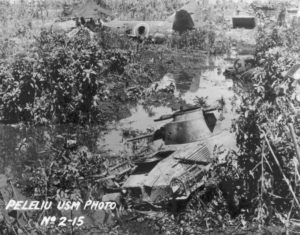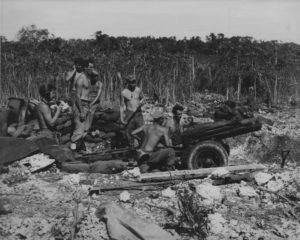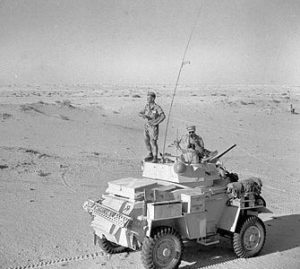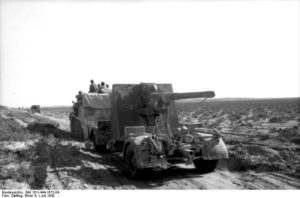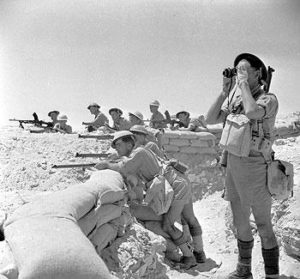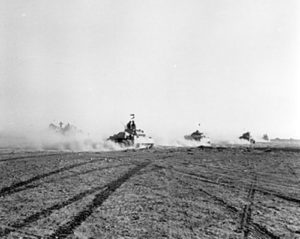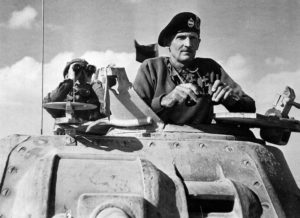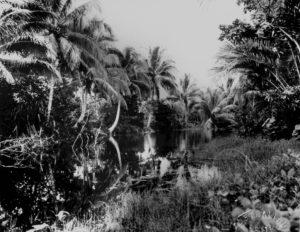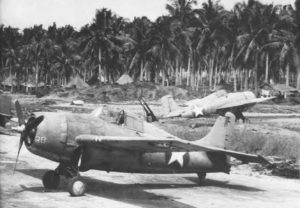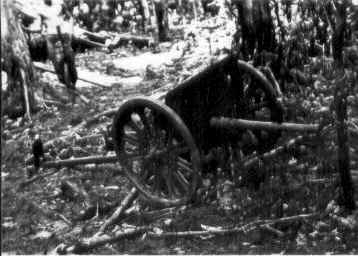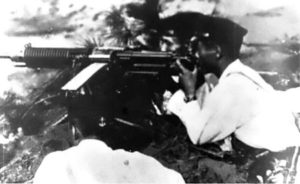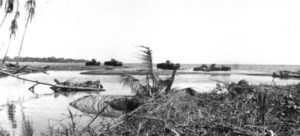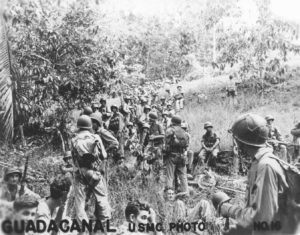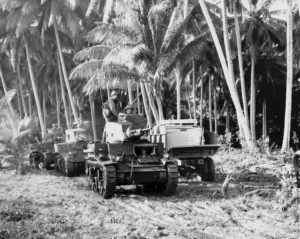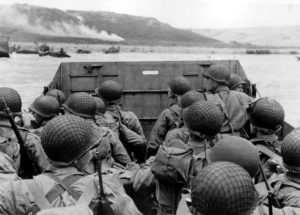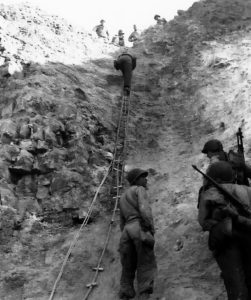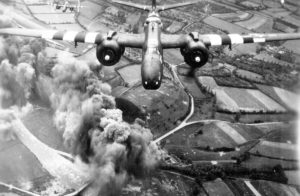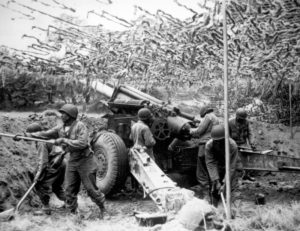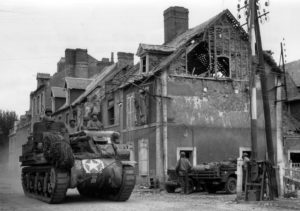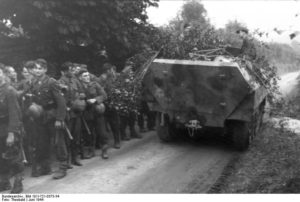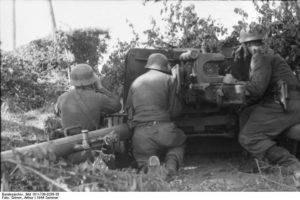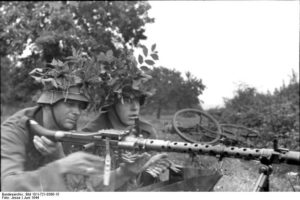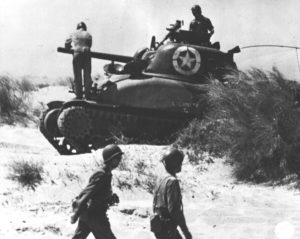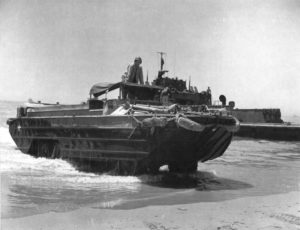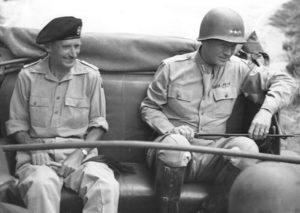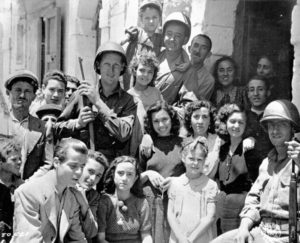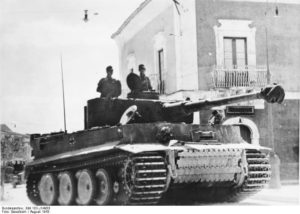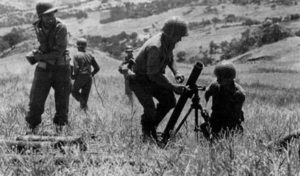Siege of Leningrad, Russia
Operation Barbarossa was the name given to a three-pronged attack that Hitler devised for the invasion of the Soviet Union. Slated to begin in May, 1941, it was delayed for a month, because of military diversions in Greece and Yugoslavia. This delay became crucial to the success of Hitler’s plans, as he had hoped to avoid battles in the Soviet Union during the severe winter months. Yet, on June 22, 1941, the operation began, with 150 divisions (3 million soldiers), led by armored divisions and bombers from overhead. The Soviet Union lost 2.5 million men, 22,000 guns, 14,000 planes and 18,000 tanks in the first initial push into the Soviet Union. From here, the German armies split out into three groups. Field Marshal Wilhelm Ritter von Leeb led the Army Group North towards the Baltic coast and the city of Leningrad. Forces from Finland, led by Marshal Carl Gustaf Emil Mannerheim, were also included with Leeb’s forces. Hitler’s plan for Leningrad was to ‘wiped off the face of the earth’.
The Siege: September 8, 1941 – January 7, 1944
Leningrad, in preparation of a possible take-over, began fortifying the city, putting up lines of defense with anti-tank ditches, and barricades, surrounding the city. Leeb’s 4th Panzer Group and the 18th Army, first took down Ostrov and Pskov, and then Narva, as the forces moved towards Leningrad. When Leeb’s Army Group North finally reached the Neva River, the last railway leading into Leningrad was destroyed on August 30th. This cut off all supplies to the city.
Mannerheim, for his part, first attacked the Karelian Isthmus while moving towards Leningrad, and advanced on Lake Ladoga along its eastern edge, where they settled in to wait. Meanwhile, other Finnish forces dug in along the Svir River in East Karelia, between the two lakes of Ladoga and Onega. The Finnish forces held these positions for the next three years, and did not move further towards Leningrad.
The Germans, meanwhile, captured Shlisselburg, thus cutting any supply access to Leningrad. Leeb also capture Tikhvin on November 8th, but could not move any further towards linking up with the Finnish troops. The Russians put up such a resistance, that Leeb finally had to retreat behind the Volkhov river. It was determined that, from this point, a siege position around Leningrad, would be the most effective tactic for the Germans in taking down the city.
This began the protracted period of three years of starvation and death for the population of Leningrad, as lack of supplies dwindled dramatically. Some supplies made it across Lake Ladoga, known during this time as the “Road of Life”, but it was not nearly enough to save a large majority of the people in the city. Yet, the city refused to give up and surrender to the Germans.
In January, 1942, Field Marshal Georg von Küchler replaced Leeb. The German troop infrastructure was replenished with new troops, allowing for von Küchler to hold off Soviet offensives, who were unaware that German troops had been refortified, particularly with the new heavier Tiger I tank. It wasn’t until Operation Iskra, that the Russians, under Commanders Marshal Kirill Meretskov and Marshal Leonid Govorov, utilizing the 67th Army and 2nd Shock Army, were finally able to open a supply path from Lake Lagoda’s southern shore into Leningrad. This allowed for supplies to finally get through to Leningrad, even if still not enough to save some of the people. In January of 1944, the combined Russian First and Second Baltic Fronts, along with the Leningrad and Volkhov Fronts, overwhelmed and pushed back the Germans. The Moscow-Leningrad railroad was finally retaken and the siege of Leningrad ended.
The siege lasted 827 days, with a loss of civilians at up to, potentially, 1.5 million, from a pre-war population of 3 million. When the siege finally ended, there were only 700,000 left in Leningrad. Nearly 1,017,888 Russian forces were lost, captured, or missing, along with 2,418,185 wounded.
Photo Gallery
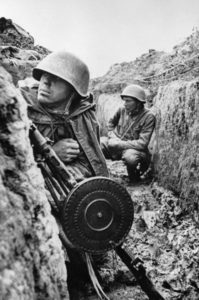
Soviet soldier in a trench with a DP-28 in Leningrad, September 1 1941
Photographer: Vsevolod Tarasevich
Source: Russian International News Agency
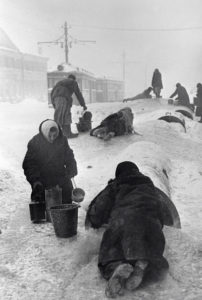
Civilians in Leningrad fetch water from a broken water pipe in 1941 or 1942
Photographer: Vsevolod Tarasevich
Source: Russian International News Agency
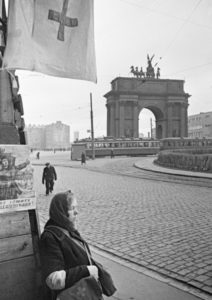
A Russian Woman at a first aid post near Narva Triumpal Arch October 9 1941
Photographer: Anatoliy Garanin
Source: Russian International News Agency
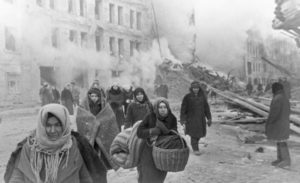
Russian civilians on a street near a damaged building December 10 1942
Photographer: Boris Kudoyarov
Source: Russian International News Agency
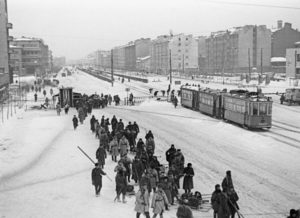
Soviet soldiers on Moskovsky Prospect Leningrad December 7 1941
Photographer: Boris Kudoyarov
Source: Russian International News Agency
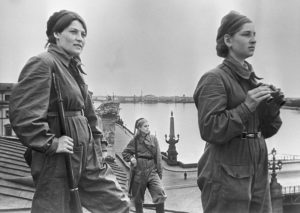
Female aircraft spotters on the roof of a building in Leningrad, May 1942
Photographer: Boris Kudoyarov
Source: Russian International News Agency
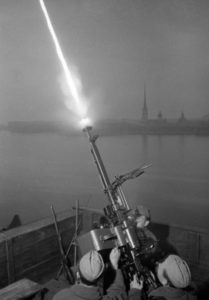
Soviet soldiers firing a DShK heavy machine gun at aircraft, October 9 1942
Photographer: Anatoliy Garanin
Source: Russian International News Agency
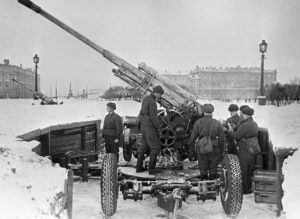
Soviet 85mm M1939 (52-K) anti-aircraft guns ready to defend Leningrad, March 1 1942
Photographer: Boris Kudoyarov
Source: Russian International News Agency
